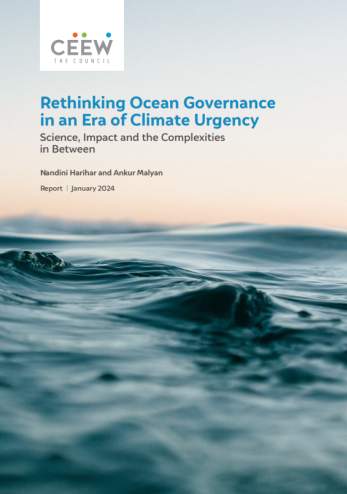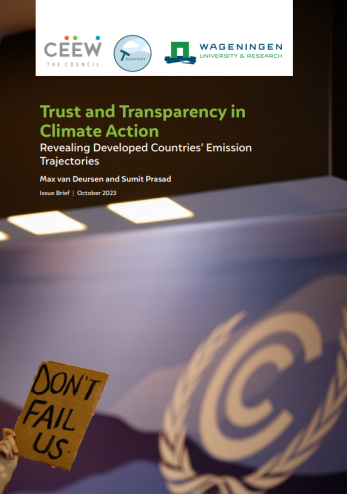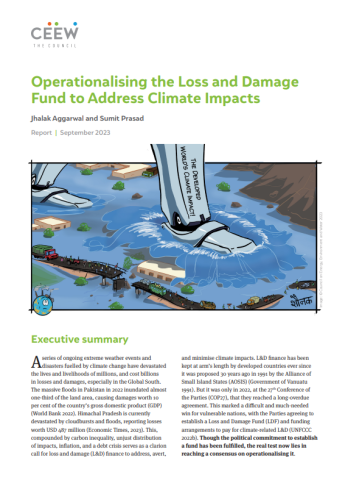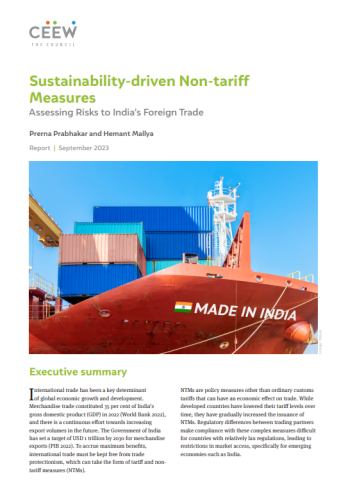Policy Brief
China’s role in Global HFC emissions matters for phase-down proposals
Vaibhav Chaturvedi, Mohit Sharma
August 2015 | International Cooperation
Suggested Citation: Chaturvedi, Vaibhav, and Mohit Sharma. 2015. China's role in Global HFC emissions matters for phase-down proposals. New Delhi: Council on Energy, Environment and Water.
Overview
The Open-Ended Working Group (OEWG) of the Montreal Protocol met in Paris in 2015 to discuss bringing hydrofluorocarbons (HFCs) under the ambit of the Protocol. This policy brief examines the estimated HFC emissions based on amendment proposals submitted by five different parties in 2015. It also highlights the differential impact of the proposals on China and other major developing countries. Further, the authors urge for critical assessment of proposed HFC mitigation targets and pathways for individual Article 5 countries.
Key Highlights
- Of the five proposals, the North American proposal and the Indian proposal are at two opposite ends. The North American proposal aims at freezing HFC consumption in Article 5 countries in 2020-21, while the Indian amendment proposes the freeze in 2030-31.
- As per the global HFC emissions study led by Dr Guss Velders, China’s HFC emissions are estimated to be 31 per cent of global HFC emissions in 2050, while India’s share would be 7 per cent.
- The majority of China’s HFC emissions will happen before 2030, while most of the emissions from India and other developing countries like Bangladesh and Pakistan will happen after 2030. HFC emissions in the African nations will only see major growth beyond 2045-50.
- The Indian proposal would lead to a significant decline in cumulative HFC emissions for India and other developing economies, except for China.
- The Indian proposal would be effective in mitigating 39 per cent of cumulative Chinese HFC emissions between 2015 and 2050, while the North American proposal would mitigate the cumulative emissions by 72 per cent.
- It is critical to have a detailed view of individual Article 5 countries as all proposals have varied implications for different countries within this grouping.







